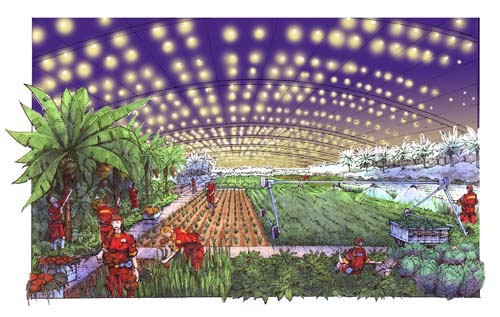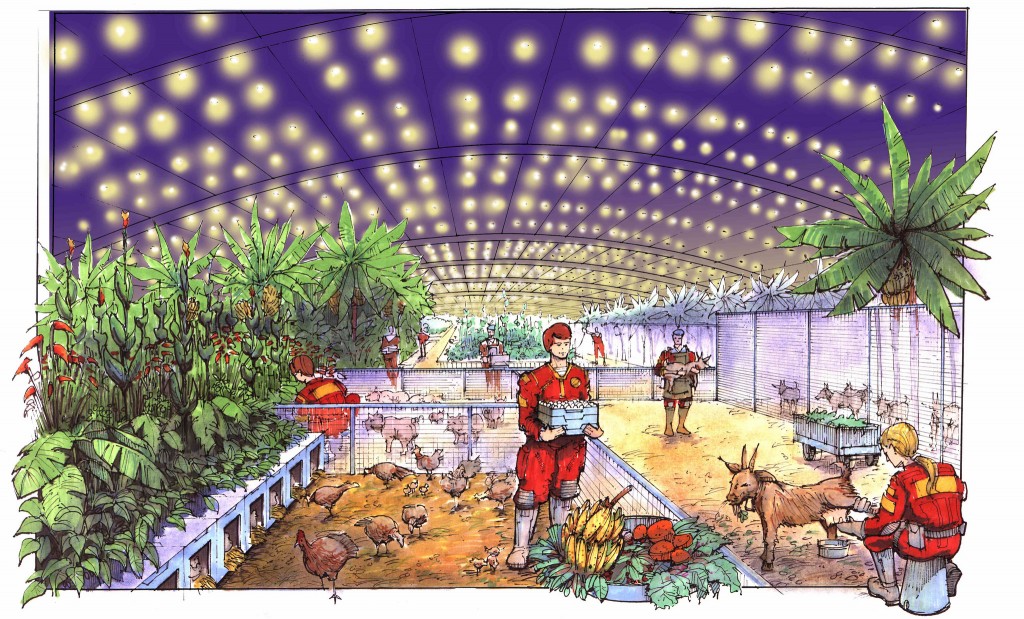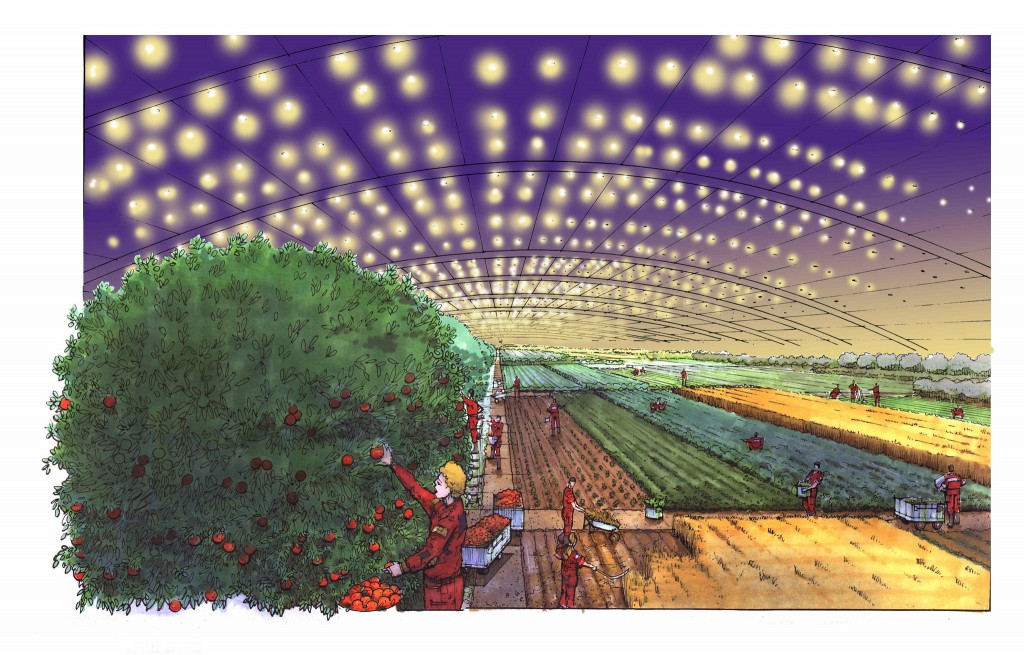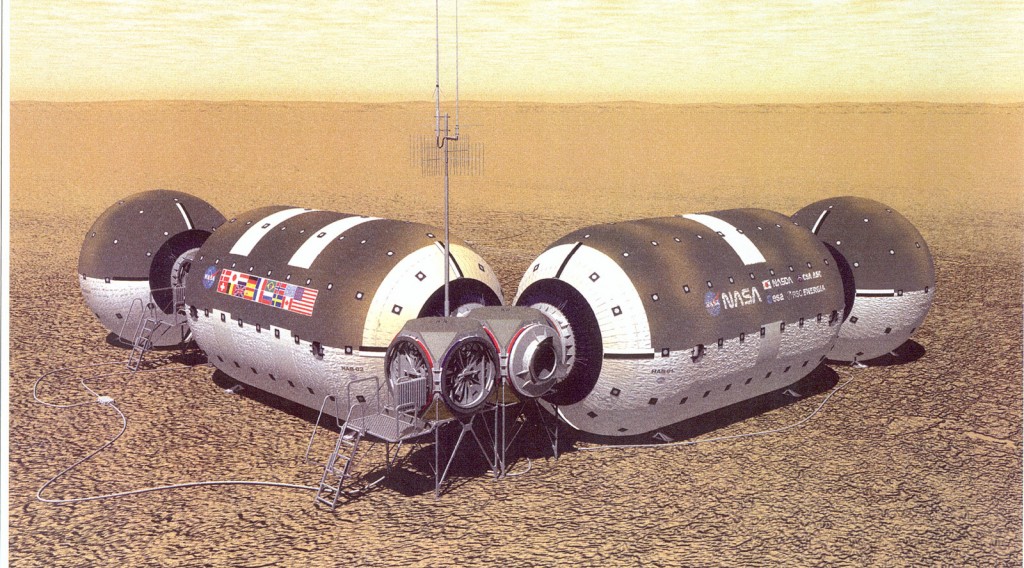Mars On Earth®
Mars On Earth® is a project to create an environmentally engineered habitat that is designed to support humans in a Martian Habitat, It will built as a laboratory to learn how to create a sustainable biospheric life support base for Mars while allowing for its research and engineering to be completed here on Earth. The habitat will consist of a pod of different chambers (livability, food, exploration) that are air-locked together; each each pod will be designed to be operated and manned by 4 persons (at any given time). It is envisioned that additional pods can be linked-together to increase the number of crew and operations.
The entire facility will function as a the R & D center for a manned mission to Mars. The closed life support systems will provide the necessary “test bed” for developing ecological space-based systems for water and wastewater recycling, food production, and air purification. It will provide the opportunity to test remote mining & geological survey protocols and robotics to simulate a Mars mission. Finally, and most importantly, it will be a prototype habitat to select & train future Mars explorers.
Why Mars On Earth®?
To develop life support systems capable of sustaining long-term manned bases on Mars within the next twenty years.
To create a global center where interested participants can join together to explore and develop systems necessary for a manned mission to Mars.
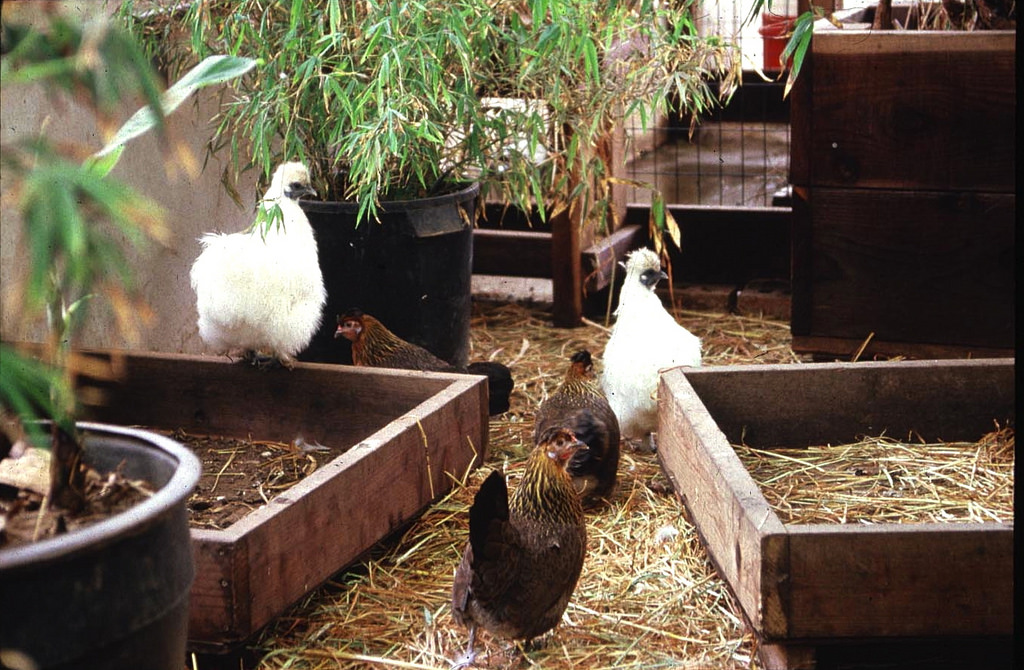
© Abigail Alling, Biosphere Foundation
Mars On Earth® Life Support Experiments
Six experiments were conducted in a ‘Laboratory Biosphere’ to provide information about soils, plants, light and energy required for space habitation. To learn more about this, please see the experiment details and papers below.
A Children’s Book ~ Mars Girl Earth Boy
Mars Girl Earth Boy – A book about what it will be like to live on Mars in the future which in turns get the minds of young readers to think about sustainability on Earth as well as on Mars.
Papers relating to the Mars on Earth® Project, for which the Laboratory Biosphere experimental chamber served as a prototype and working model.
- The Mars On Earth® Project: Lessons Learned from Biosphere 2 and Laboratory Biosphere Closed Systems Experiments. To view the paper, click here.
- Light, Plants and Power for Life Support on Mars. To view the abstract, click here.
- Crop Yield and Light/Energy Efficiency in a Closed Ecological System: Two Laboratory Biosphere Experiments. To view the abstract, click here.
- Effects of a Spaceflight Environment on Heritable Changes in Wheat Gene. To view the abstract, click here.
- Atmospheric dynamics in the “Laboratory Biosphere” with wheat and sweet potato crops. To view the abstract, click here.
- Closure as a Scientific Concept and its Application to Ecosystem Ecology and the Science of the Biosphere. To view the abstract, click here.
- Human Factor Observations of the Biosphere 2, 1991-1993, Closed Life Support Human Experiment and Its Application to a Long-Term Manned Mission to Mars. To view the abstract, click here.
- Cowpeas and pinto beans: yields and light efficiency of candidate space crops in the Laboratory Biosphere closed ecological system. COSPAR 2006 in Beijing, in press Adv. Space Research
- Atmospheric dynamics of combined crops of wheat, cowpea, pinto beans in the Laboratory Biosphere closed ecological system. To view an abstract of the paper, click here.
- Integration of lessons from recent research for “Earth to Mars” life support systems. To view an abstract click here.
- “Modular Biospheres” – A new platform for education and research. To view the abstract, click here.
- Soil and Crop Management Experiments in the Laboratory Biosphere: An Analogue System for the Mars On Earth®Facility. To view the abstract, click here.
- Advantages of Using Subsurface Flow Constructed Wetlands for Wastewater treatment in Space Applications: Ground-Based Mars Base Prototype. To view the abstract, click here.
- Technical review of the Laboratory Biosphere closed ecological system facility. To view the abstract, click here.
- Development and Research Program for a Soil-based Bioregenerative Agriculture System to Feed a Four Person Crew Mars Base. To view the abstract, click here.
- Initial Experimental Results from the Laboratory Biosphere Closed Ecological System Facility. To view the abstract,click here.
- The Legacy of Biosphere 2 for the Study of Biospherics and Closed Ecological Systems. To view the abstract, click here.
- Earth Applications of Closed Ecological Systems: Relevance to the Development of Sustainability in Our Global Biosphere. To view the abstract, click here.
- People Challenges in Biospheric Systems for Long-Term Habitation in Remote Areas, Space Stations, Moon and Mars Expeditions. Life Support and Biosphere Science, Vol 8 pp. 67 – 70, 2002.
- Potential integration of wetland wastewater treatment with space life support systems. To view the abstract, click here.
- The Design Approach for Mars On Earth®, A Biospheric Closed System Testing Facility for Long-Term Space Habitation. Allen & Alling. 2002. American Institute of Aeronautics and Astronautics, Inc.
- “Living off the land”: resource efficiency of wetland wastewater treatment. To view the abstract, click here.
- A Simulation of an Inhabited Biospheric Mars Base to be Constructed and Operated in the Egyptian Sahara. Allen, Alling & El-Baz. 1998. Presented at the third International Conference of Life Support and Biosphere Science, Jan 11th – 15th, 1998.
Biosphere 2 Books
- Read about the first two year mission inside Biosphere 2!
- Biosphere 2 Scientific & Engineering Accomplishments. To view a description, click here.
